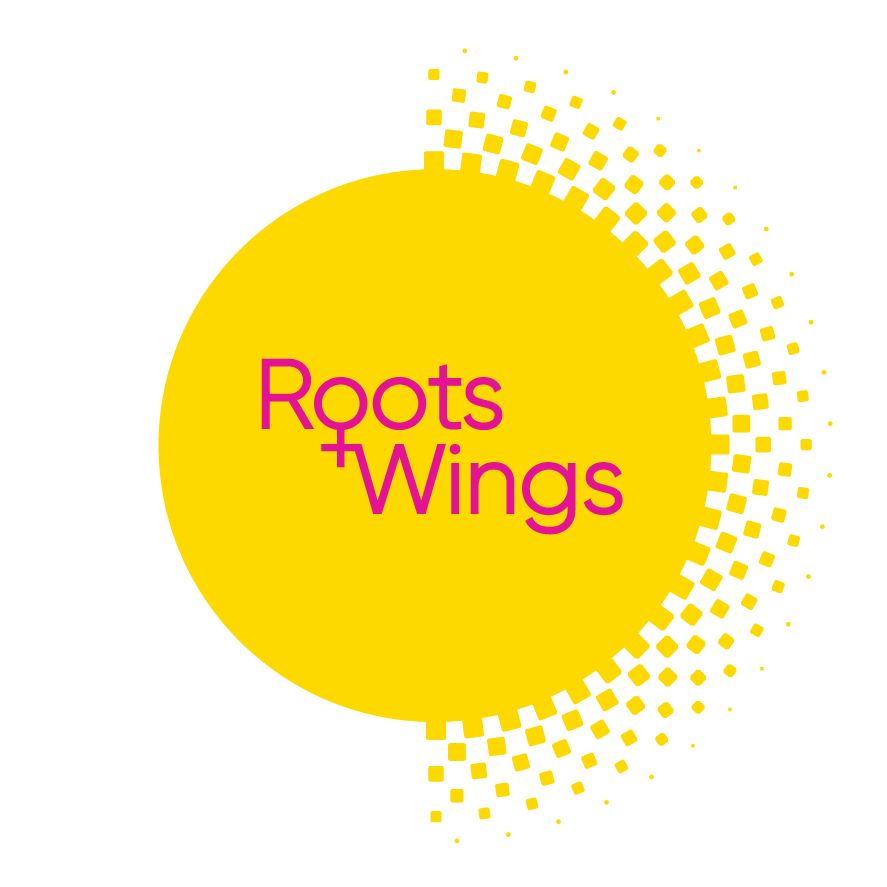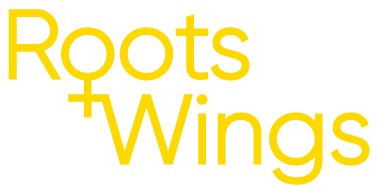Keeping their memory alive
How to build long-term relationships with in-memory donors
This blog is based on a workshop I gave at the Hospice Income Generation Network 2024 Conference. It focuses on advice for hospice fundraisers, but I believe the principles can be applied to in-memory fundraising for any cause.
Expert public speakers often advise starting your presentation with a bold or contentious statement, so here’s mine:
“You’re not doing enough to engage your most valuable group of potential supporters.”
If any of the following scenarios resonate with you, keep reading!
You are struggling to stay connected with families of patients for more than one year after the death of their loved one.
You focus on local fundraising at the expense of building relationships with family members who do not live locally to the hospice.
You are not sure how to engage with grieving families and worry about getting it wrong.
In Memory of Sara and Michael Scanlon
I’m not writing this as a fundraiser or charity sector professional. I’m sharing my experiences as a daughter, as a griever, as the family member of someone who died in a hospice.
Before diving into the details of building long-term relationships with in-mem supporters, I want to take a moment to introduce you to the reason I’m here today (in multiple senses!)
Today’s session is in memory of my amazing parents, Sara and Michael Scanlon.
My mum Sara died in July 2016 at home. She had been relatively well for two years whilst having chemo and radiotherapy, and she reached the end of life stage very rapidly. We weren’t really in the system, we had no contact with palliative care team until it was too late. It felt very isolating and confusing, trying to understand the dying process without much support.
My dad Michael died in December 2019 in the Duchess of Kent hospice in Reading. He was a patient there for about 3 weeks, after several weeks in the palliative care ward of the Royal Berkshire Hospital.
So I’ve had experience of both at home and hospice care for end of life, and that’s made me a passionate supporter of and advocate for hospices. The impact of hospice care goes far beyond the patient – you’re also helping family members to have the best possible experience of saying goodbye.
When your loved one has died in a hospice, your sense of connection to that place will last as long as your grief – forever. I will always support the Duchess of Kent hospice. With such a strong foundation of potential donor loyalty, your job as a fundraiser is to harness this and make the most of it.
Taking a relationship fundraising approach to in-memory fundraising
Engaging with family members of patients is the most important audience for your individual giving and community fundraising.
Family members have the potential to be committed champions and loyal donors. Build personalised relationships with them like you would with major donor prospects.
Craig Linton has set out this framework of relationship fundraising. The five pillars are all underpinned by charity’s purpose.
Tell the story
Build relationships
Make relevant asks
Offer outstanding donor care
Use data intelligently
As hospices, I believe you have a real head-start on the first two pillars.
Bereaved family members intimately understand the story of what your charity does and why its important – we’ve just lived through it. And we are very open and eager to develop a relationship with you, as a way of staying connected to our loved one.
So you need to focus on making relevant asks, providing outstanding donor care and using data intelligently.
You might have heard the phrase that the plural of anecdote is not data – turns out this is often mis-quoted. Political scientist Ray Wolfinger actually said “The plural of anecdote is data”.
In the case of hospice fundraising, I think you especially need to treat anecdotes as data. Every bereaved person is different, and they will want different approaches from you.
Listen to what we tell you – not just in conversations. Through our behaviour, what we write on fundraising and tribute pages, how we respond to your campaigns and fundraising asks.
Read Part Two of this blog, with more details on the timeline of relationship building and how to build relationships at a distance.



